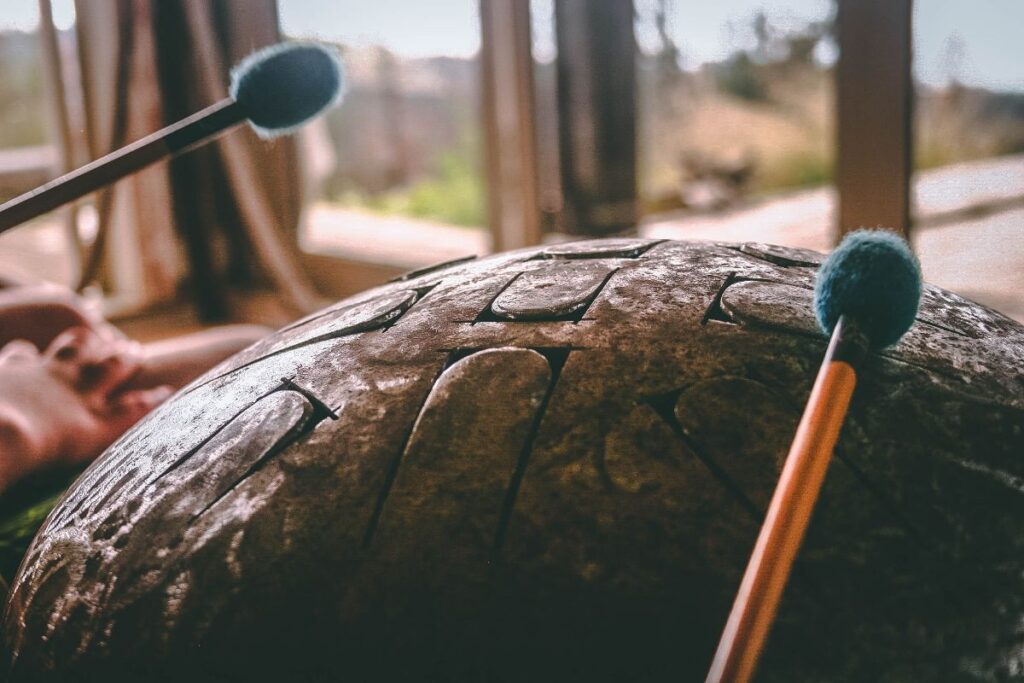Vāta’s Domain
We’ve discussed previously that Vāta is the King. When we say it this way, it makes the potential of Vāta seem kind of cute. We associate “Vāta’s” with being spacey and forgetful. We discuss having too much Vāta as a cause for an unreliable digestive system and accept that as a norm, to which we just throw Triphala as the solution.
The problem with this perspective is that because Vāta rules everything. This includes speaking to other beings as well as cells speaking to each other. This also encompasses breathing, walking, digesting, sensing anything, the flow of any internal tissue from lymph to blood, to the ability to reproduce – as well as everything in between. When we live in a way that does not support such innate coordination, we end up experiencing the wrath of that King.
Vāta & Digestion

Our digestive fires, Jaṭhārāgnis, are said to ride on the vahini (chariot) of Vāta. This means that no matter how strong our fires may be, they are only as strong as the wind that pushes them. Another way to say this is that Vāta is responsible for moving every doṣa, tissue (dhātu), and metabolic activity of our bodies. Any misdirection of the vector’s of Vāta causes mishaps all over the place. Miscoordination of these vāyus is the cause of constipation, growths in the body, weakness in the limbs, allergies etc etc. Doṣas rise and fall creating symptoms and disease conditions because of the improper press of Vāta. (This is also the reason for balancing the Vāyus in Yogāsana by the way!) Thus another example as to why Vāta is King.
Why does this happen?
If our winds are disturbed, our bodies cannot digest properly. This inherently means that what we eat cannot become proper tissue. The formation of improper tissue and the dysfunction of our digestive fires also serves to increase Vāta and decrease our capacity to withstand disease.
The challenge with Vāta is that it needs constant nourishing. Balancing Vāta one time does not mean it will remain balanced. This is where daily routines come in.
Dinācarya – Daily Rhythm Care

There is a lot of chat on the interwebs about lifestyles, health routines, and particular diet behaviors. Āyurveda is very clear that the best way to remain healthy is to :
- Eat/Sleep on a very set schedule
- Eat only with hunger
- Drink only with thirst
- Eat only foods that are majority sweet in taste, oily, wet, and easy to swallow
- Do oil massage when digestion is healthy, followed by a hot shower
- Exercise regularly – extending one’s capacity, but not to exhaustion
- Avoid incompatible foods/activities
- Avoid naps in general
All of the lists of Āyurvedic “to-do’s” are all about keeping Vāta balanced and regulated. Anytime we experience this dysregulation of Vāta due to falling off the wagon of the above list, we requested by the Āyurvedic Saṃhitās to immediately correct it. If we do not, we allow momentum to build in the wrath of the King.
When Do We Notice?

As we age, Vāta increases in our bodies. As this happens, our body’s capacity to withstand both the increase of Vāta decreases. This is often why, for example, when people reach Rajaḥ Nivṛtti (menopause), often health issues pop up that were seemed never to previously a be problem. It actually was not that they were never a problem, but rather that they were never a perceived problem. This is because the power of our bodies, it’s Bala, had been keeping the Vāta, deranged by irregular habits, at bay. This Bala is ruled by snigdha guṇa (oily quality). It is this oiliness that gives plasticity and elasticity to our bodies. It is this, coupled with reliable digestion, that allows us to maintain health over time.
What to do?
As we age, we have to focus on increasing the snigdha guṇa in our bodies through diet and lifestyle because it is the only thing that keeps Vāta assuaged and our digestive systems strong. This also means that regardless of age our diets and lifestyles need to be that which increases our Bala.
Regular overexercising, fasting, avoiding oils and grains, switching diets, maintaining erratic schedules, struggling with sleep, and living with chronic indigestion etc. are all ways we often degrade our Bala and thus support the inherent potency of Vāta.
Our Health Relies on Rhythm

The Saṃhitās say that diseases of Vāta are without Purva Rupa – meaning that they are without prodromal presentation. They “come out of nowhere.” But, we all know that every effect has its cause. Chronic lifestyles that increase Vāta, encourages Vāta to build up in our bodies over time. Eventually, this pressure of disorganized Vāyu reaches a breaking point. And thus, all it takes is a small push from a little cold, or a fall, or a life shift to push us over the edge.
This is the reason the Saṃhitās request us to do regular seasonal cleansing as well as to have reliable schedules that permit us to experience good sleep, clear hunger, and clear thirst. Though of course, it supports the doṣas and dhātus (tissues) in general, it is actually all primarily in support of keeping the vectors of Vāta in line (pun intended).
This is because it is the proper flow of Vāta, that is Āyus (Longevity) itself.
Āyurveda is the Wisdom of Longevity. Since Vāta rules our ability to have long healthy lives, Āyurveda is primarily concerned with removing any obstructions to its flow. So many of them come from our daily lifestyles, so it is worth cleaning them up!
